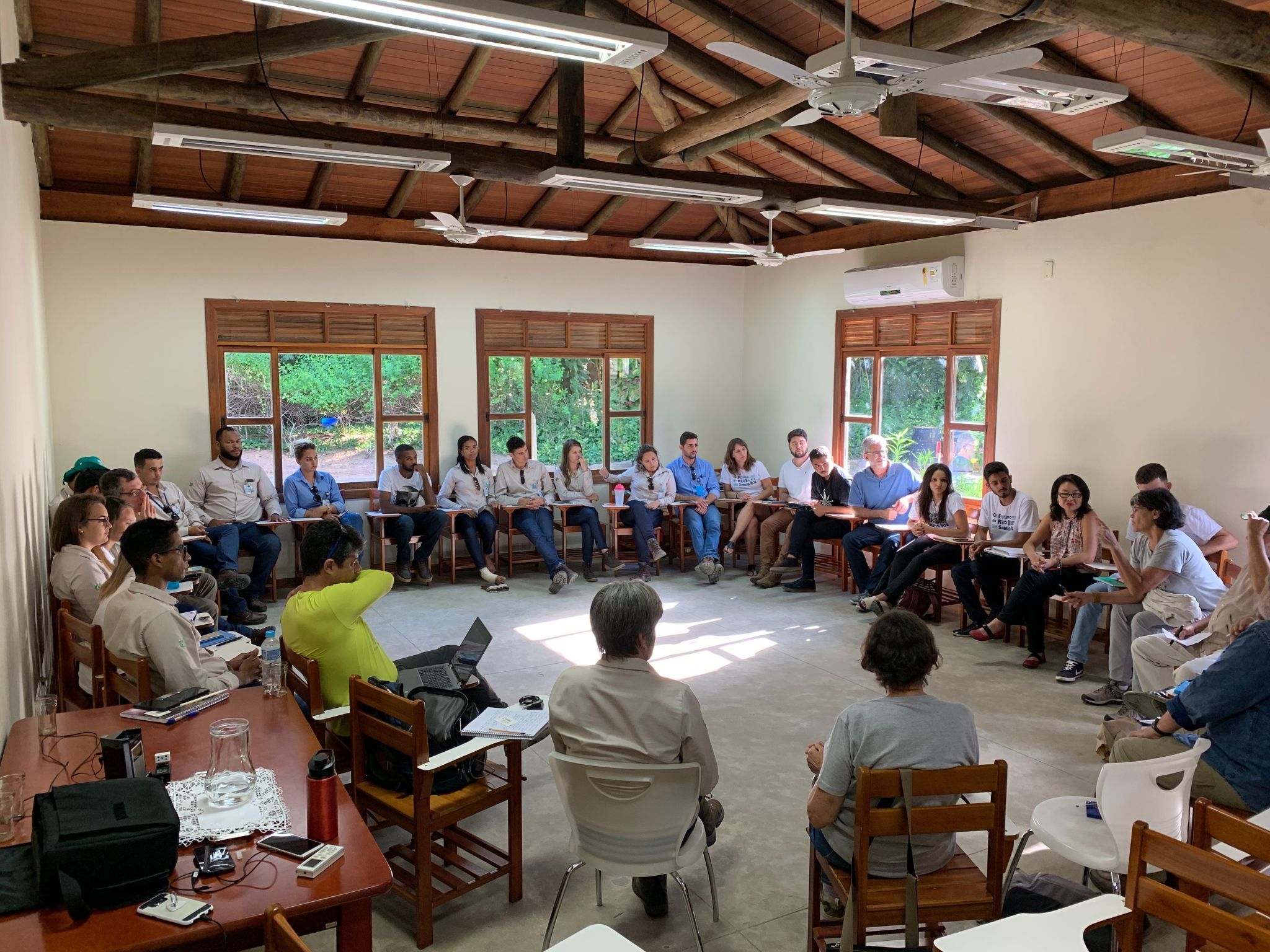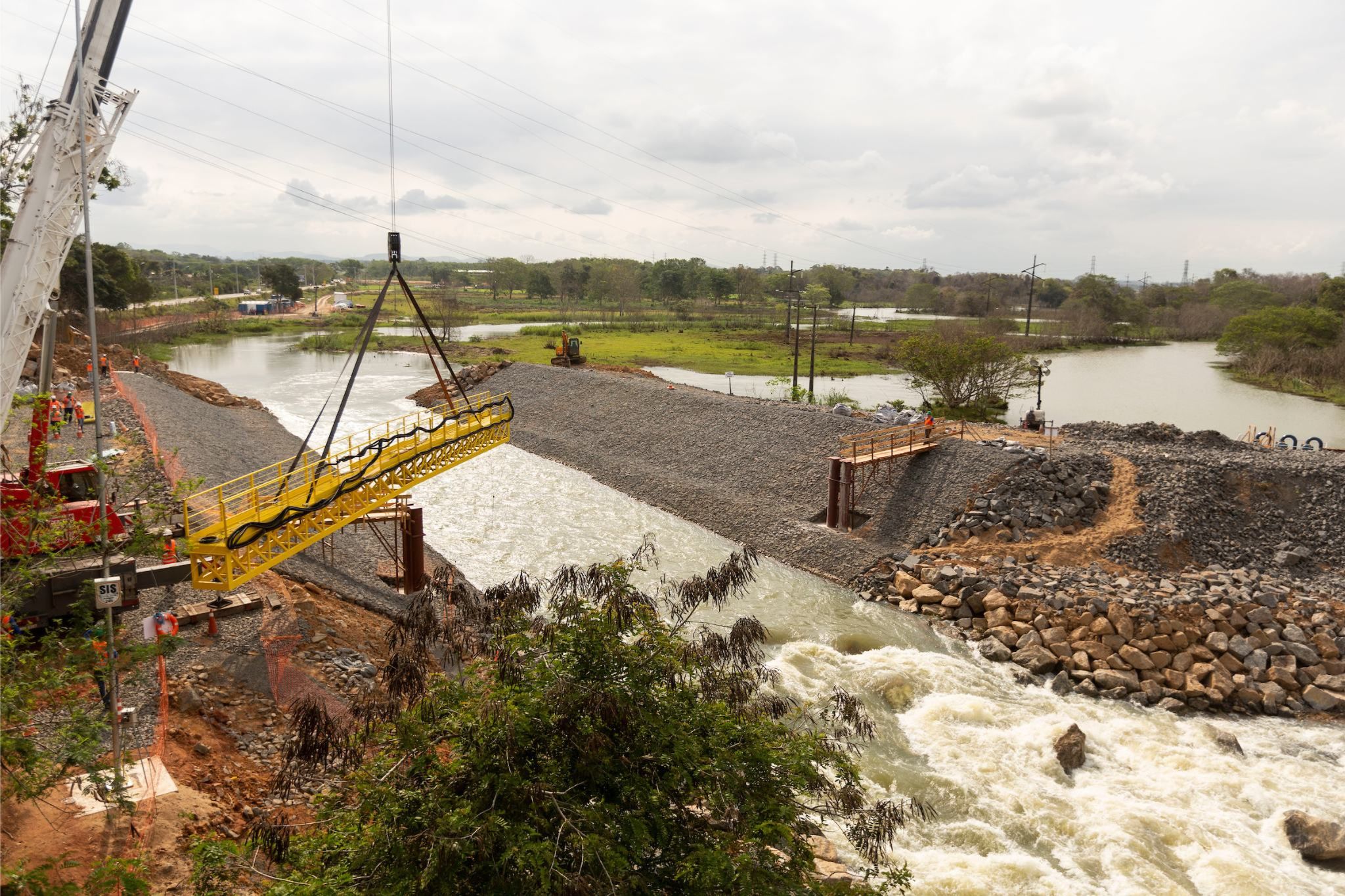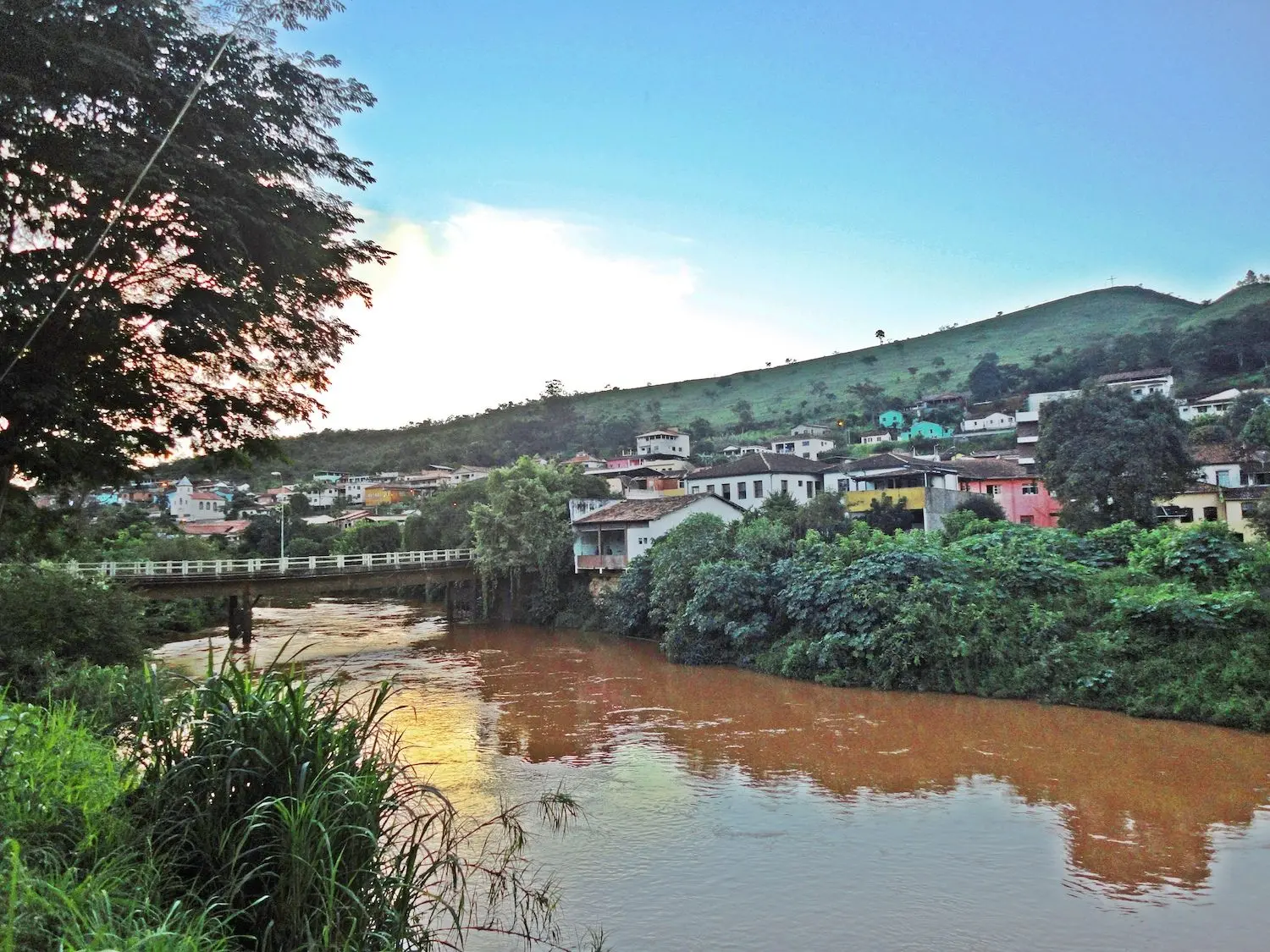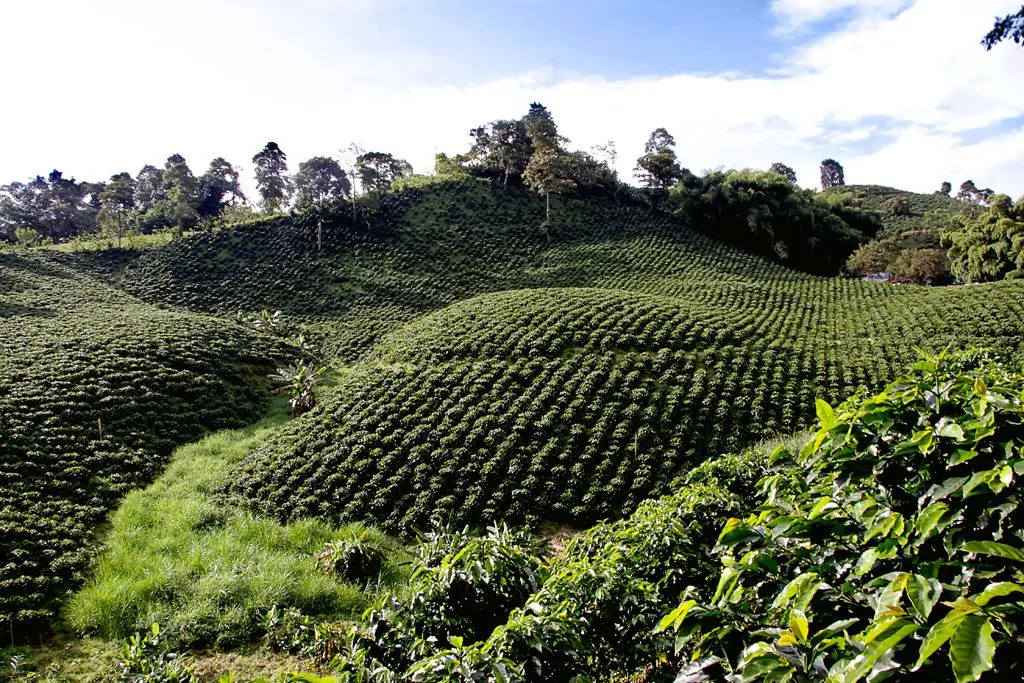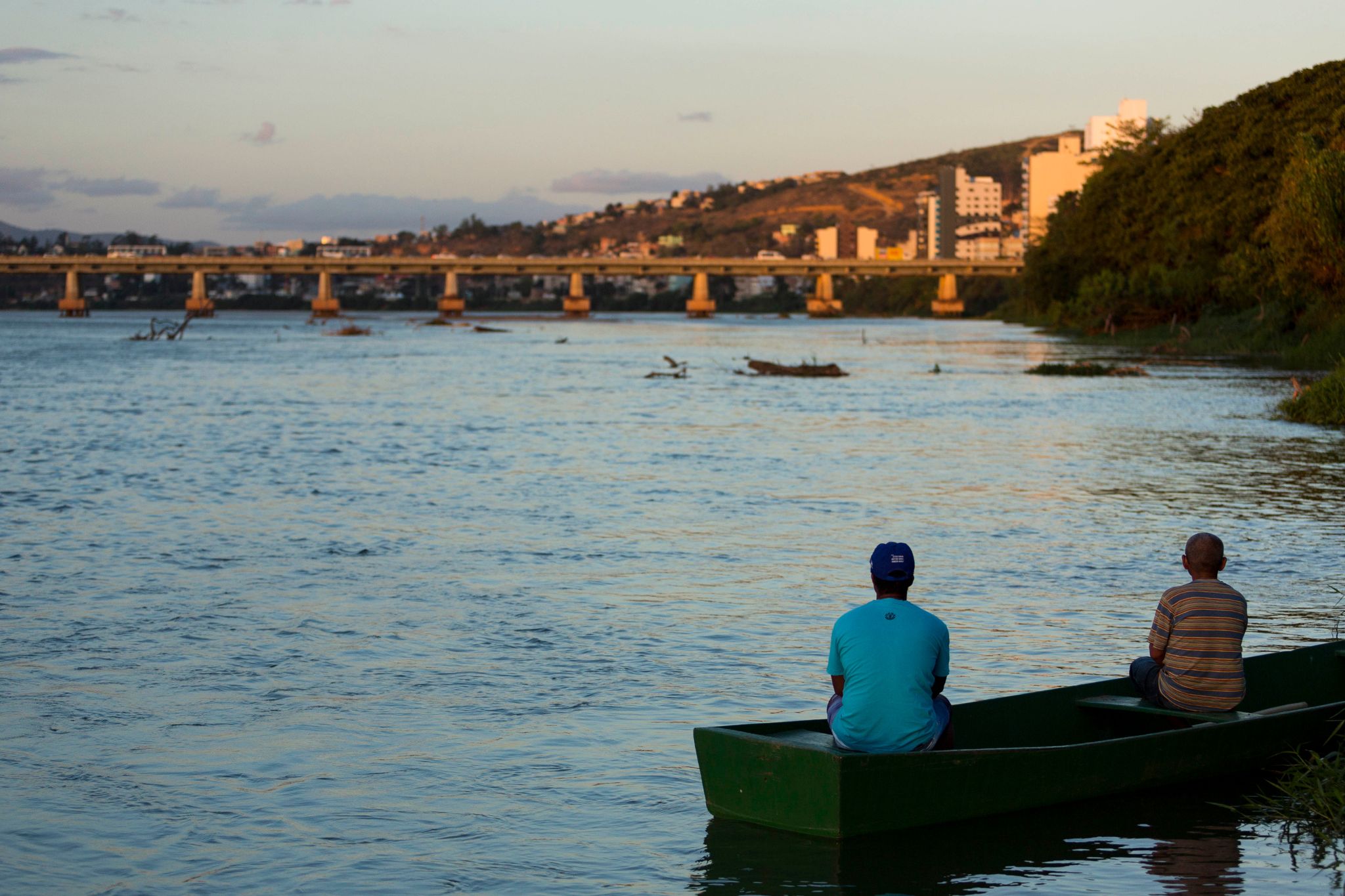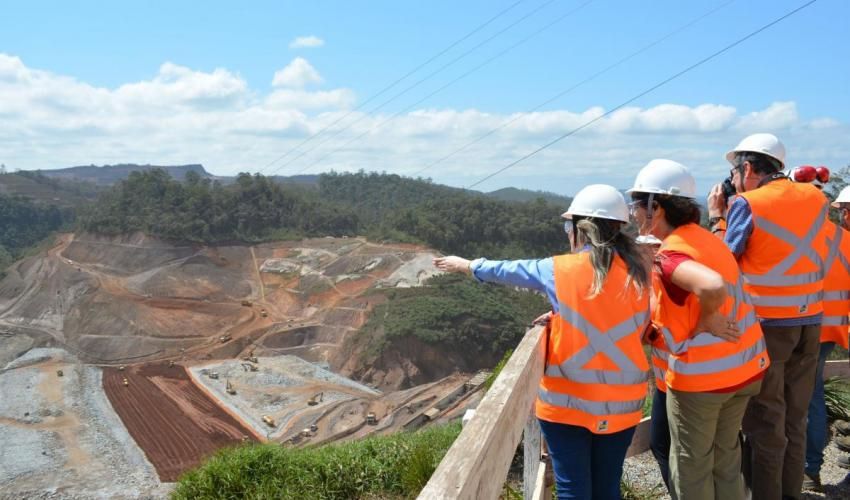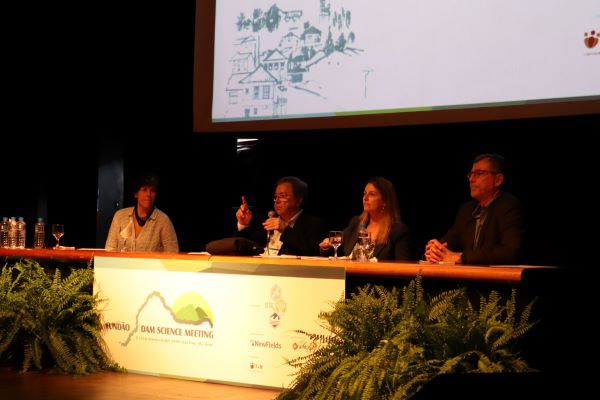The Rio Doce Panel sees the restoration work underway as an opportunity to establish more responsive and participatory governance for the Rio Doce Basin, one that looks to the future and ensures the continuity of efforts even after the current programs have ended.
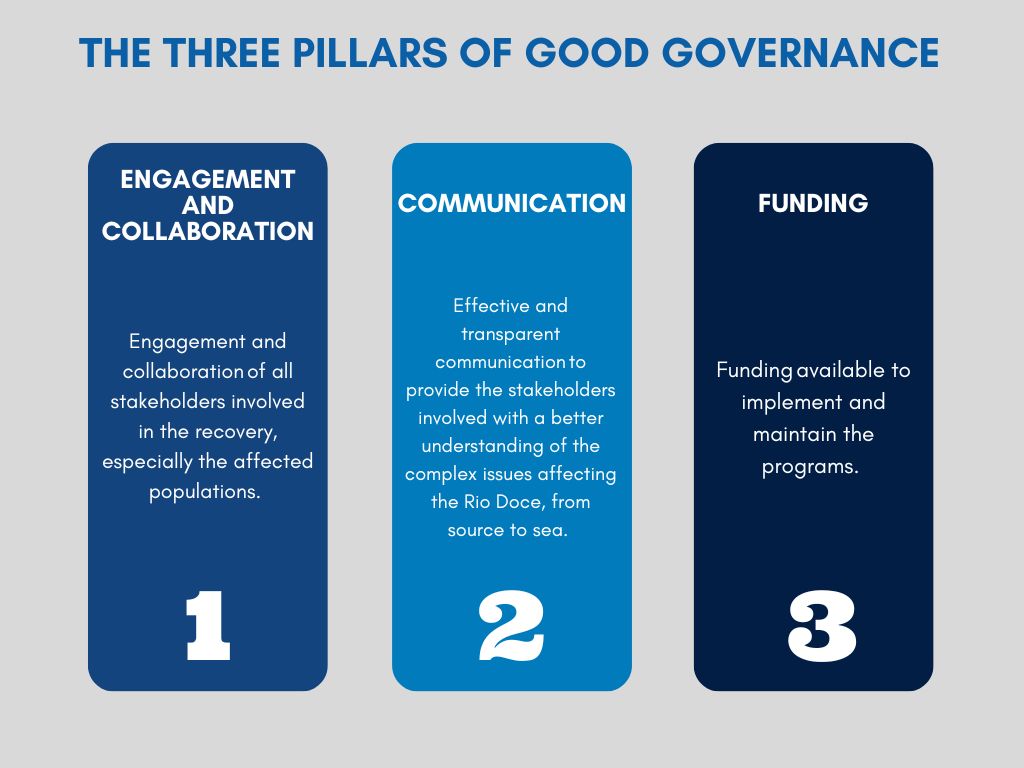
Considering these principles, the Panel recommends the participatory construction of a shared vision for the sustainable future of the Basin.
Government and management institutions must also be strengthened to continue the work performed by the Renova Foundation, thus ensuring the continuity of restoration efforts.
Given the water governance structure in Brazil, the Panel also recommends strengthening and increasing the participation of the Rio Doce Watershed Committee (CBH-Doce) in restoration actions. The CBH-Doce brings together representatives from the government, the private sector and society and is the institution in charge of preparing and approving the Integrated Water Resources Plan for the Basin, currently under review.
Data collection and systematization must also be expanded, and the data must be made publicly available to the communities, which, once empowered, can increase their participation in decision-making processes.
Learn more about all the recommended actions to strengthen the long-term governance of the Rio Doce Basin in Thematic Report 4: From restoration to responsive governance.

